The automobile industry has seen its fair share of triumphs and blunders. While some cars have gone down in history as iconic successes, others have become infamous for their shortcomings. Whether due to poor design, mechanical issues, or bad timing, these 15 cars are remembered for all the wrong reasons. Here’s a look at some of the most epic car failures that shook the auto world.
Ford Edsel (1958-1960)
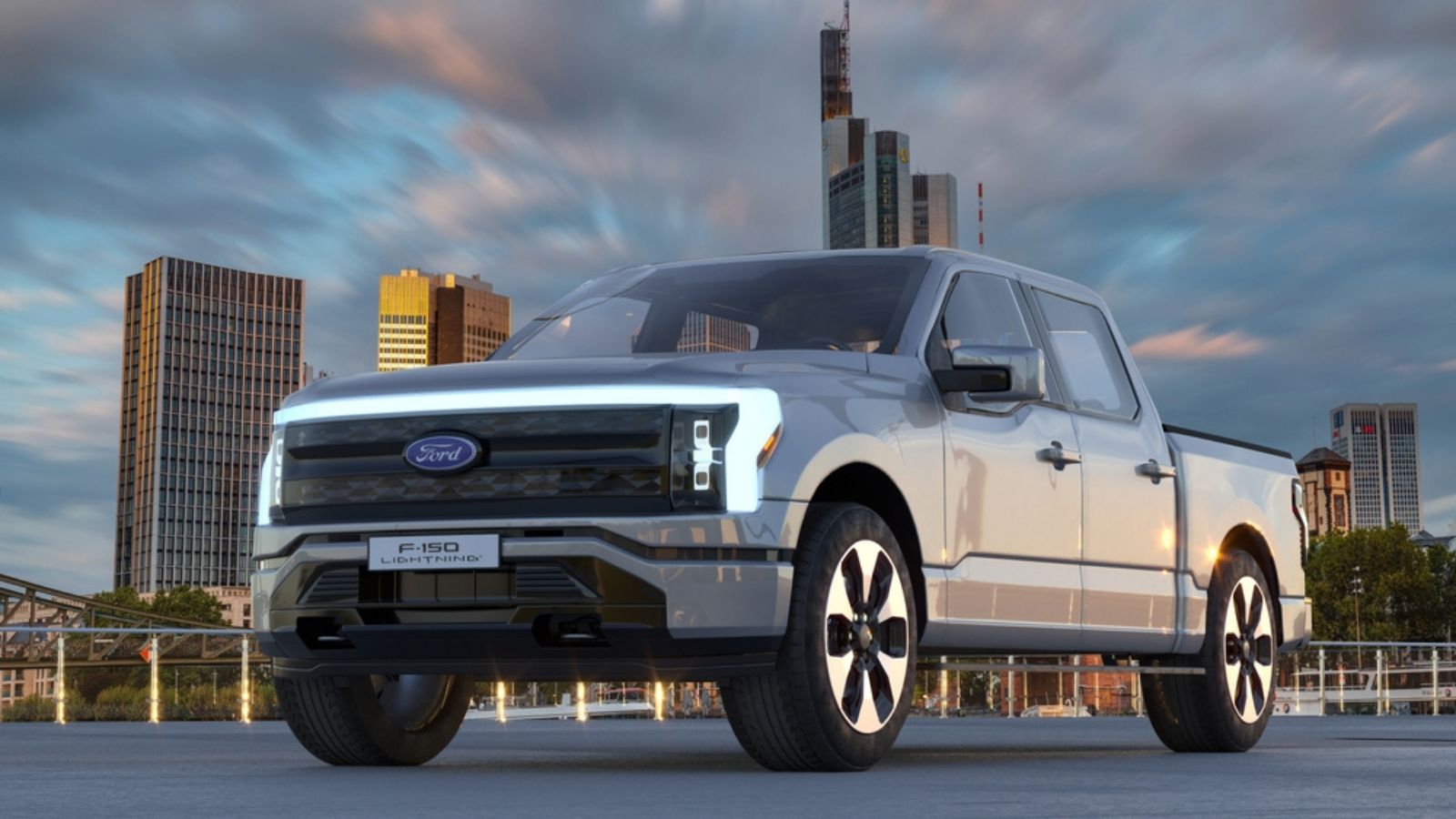
The Ford Edsel is perhaps the most notorious automotive failure in history. Introduced with great fanfare, it promised to be the car of the future. However, it was plagued by poor design, quality control issues, and a confusing marketing campaign. The horsecollar grille was widely panned, and the car’s high price didn’t help. After just two years and over $250 million in losses, Ford pulled the plug on the Edsel.
DeLorean DMC-12 (1981-1983)
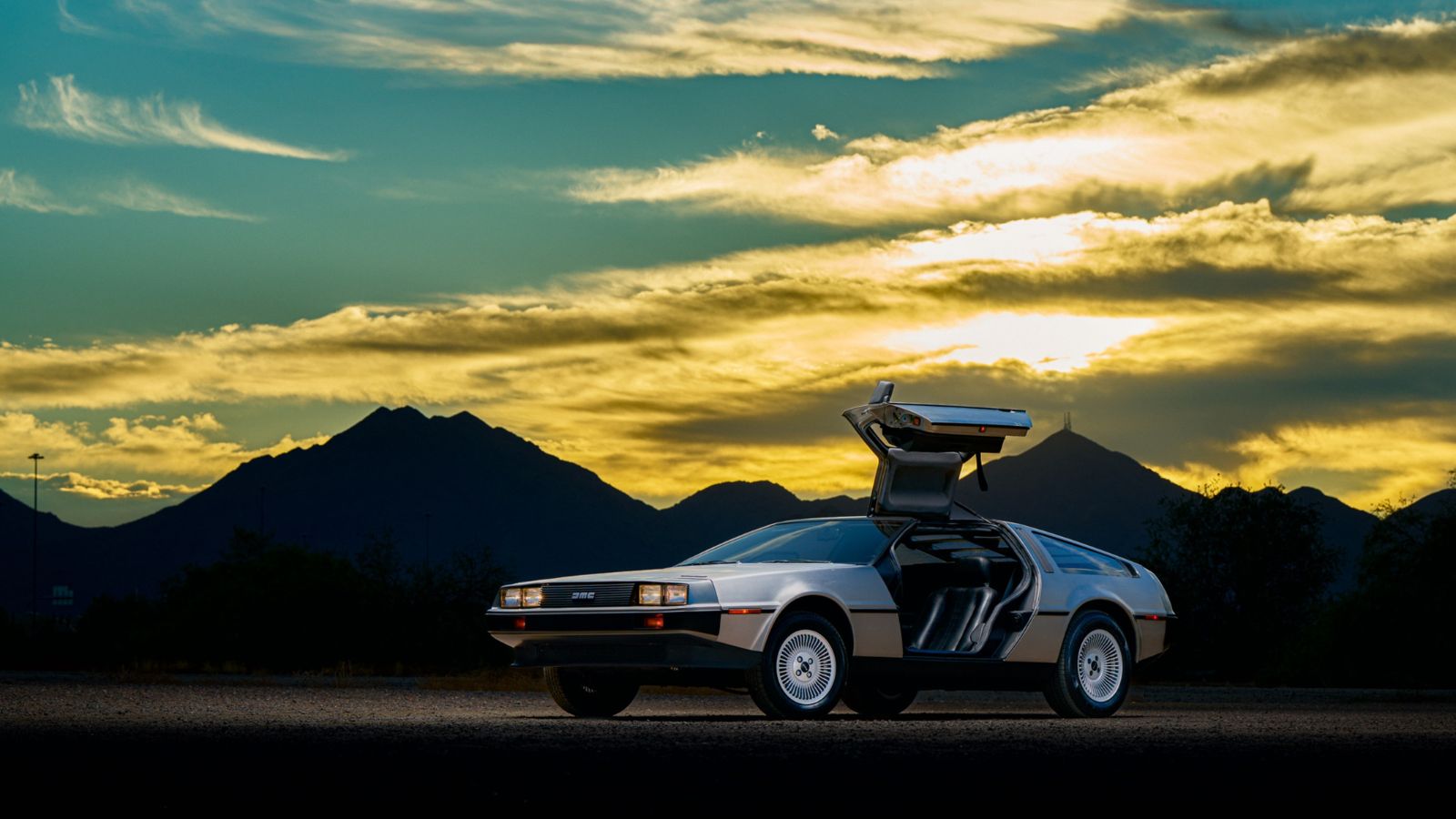
Despite its iconic status thanks to the Back to the Future films, the DeLorean DMC-12 was a commercial disaster. Although its stainless steel body and gull-wing doors were futuristic, the car suffered from underwhelming performance and reliability issues. Financial troubles and legal issues plagued John DeLorean’s company, leading to its closure after producing only about 9,000 units.
Yugo GV (1985-1992)
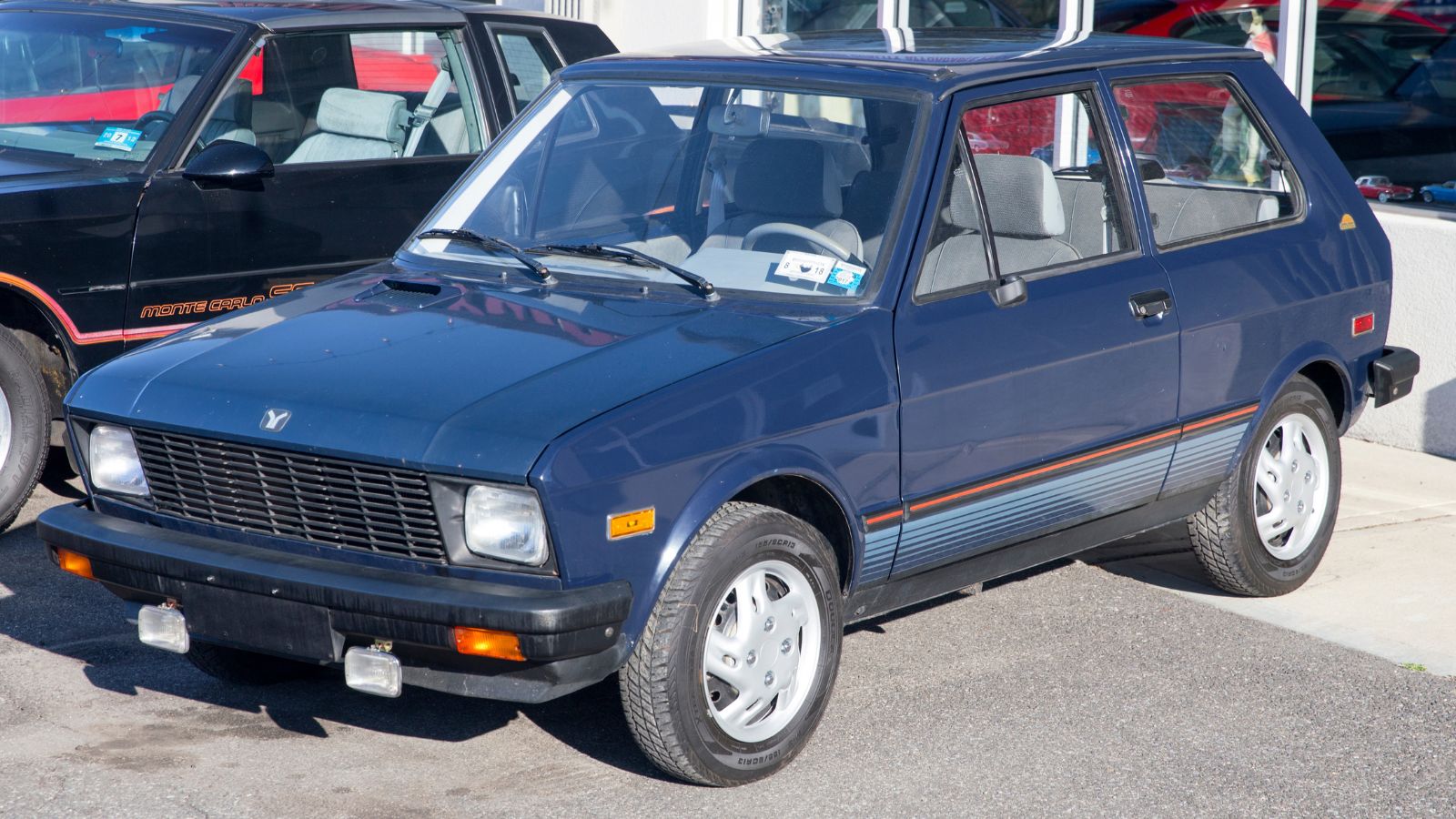
The Yugo GV, imported from Yugoslavia, was marketed as the cheapest new car in America. While its low price tag attracted buyers, the car quickly earned a reputation for being unreliable and poorly built. Frequent breakdowns, cheap materials, and lackluster performance sealed its fate. The Yugo became a symbol of automotive failure and was discontinued in the US after seven years.
Chevrolet Vega (1970-1977)
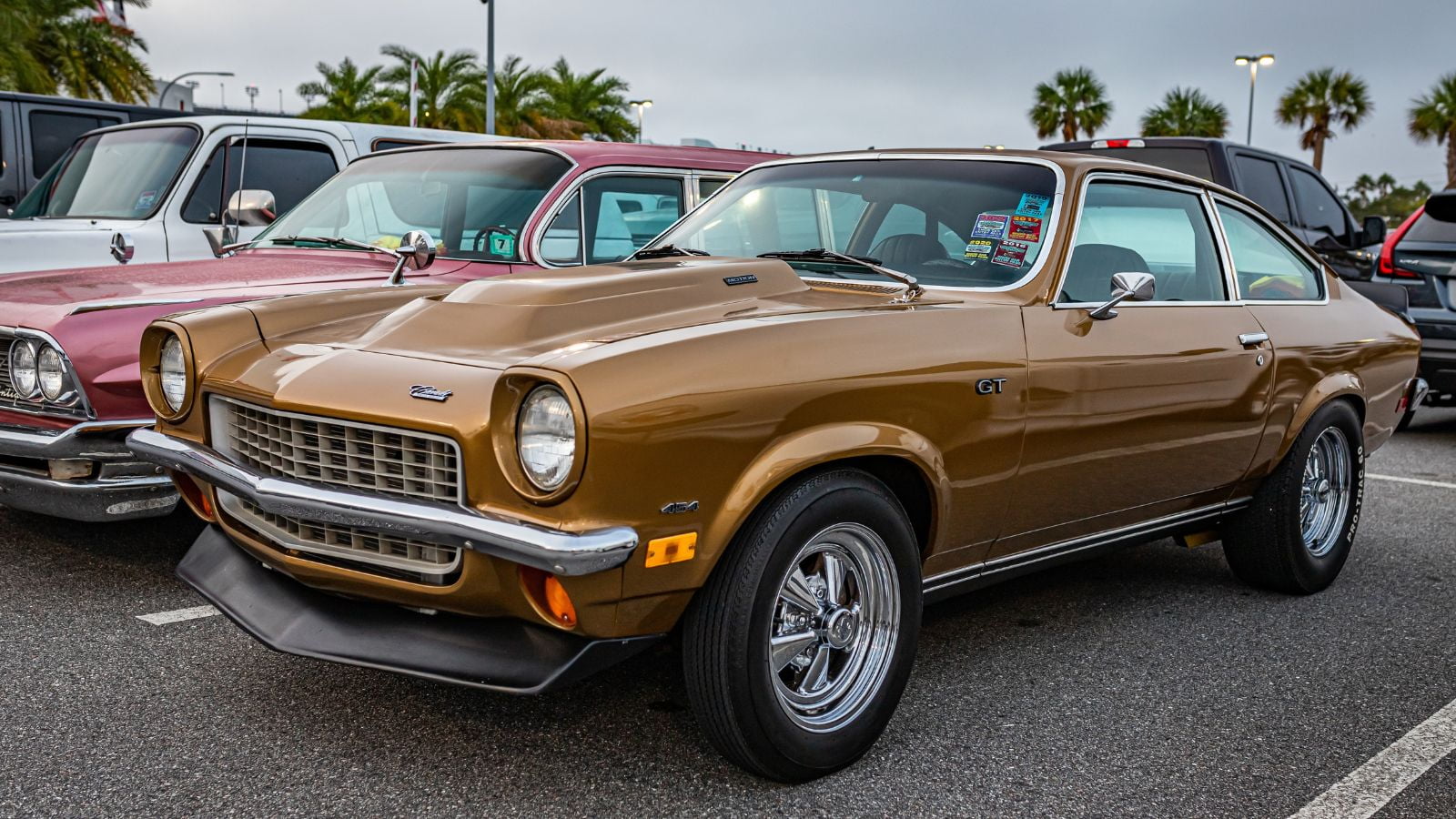
The Chevrolet Vega was intended to compete with small, fuel-efficient imports, but it ended up being one of GM’s biggest missteps. The car suffered from severe rust problems, engine reliability issues, and poor build quality. Despite initially strong sales, the Vega’s reputation quickly deteriorated, and it was discontinued after seven years of production.
AMC Pacer (1975-1980)
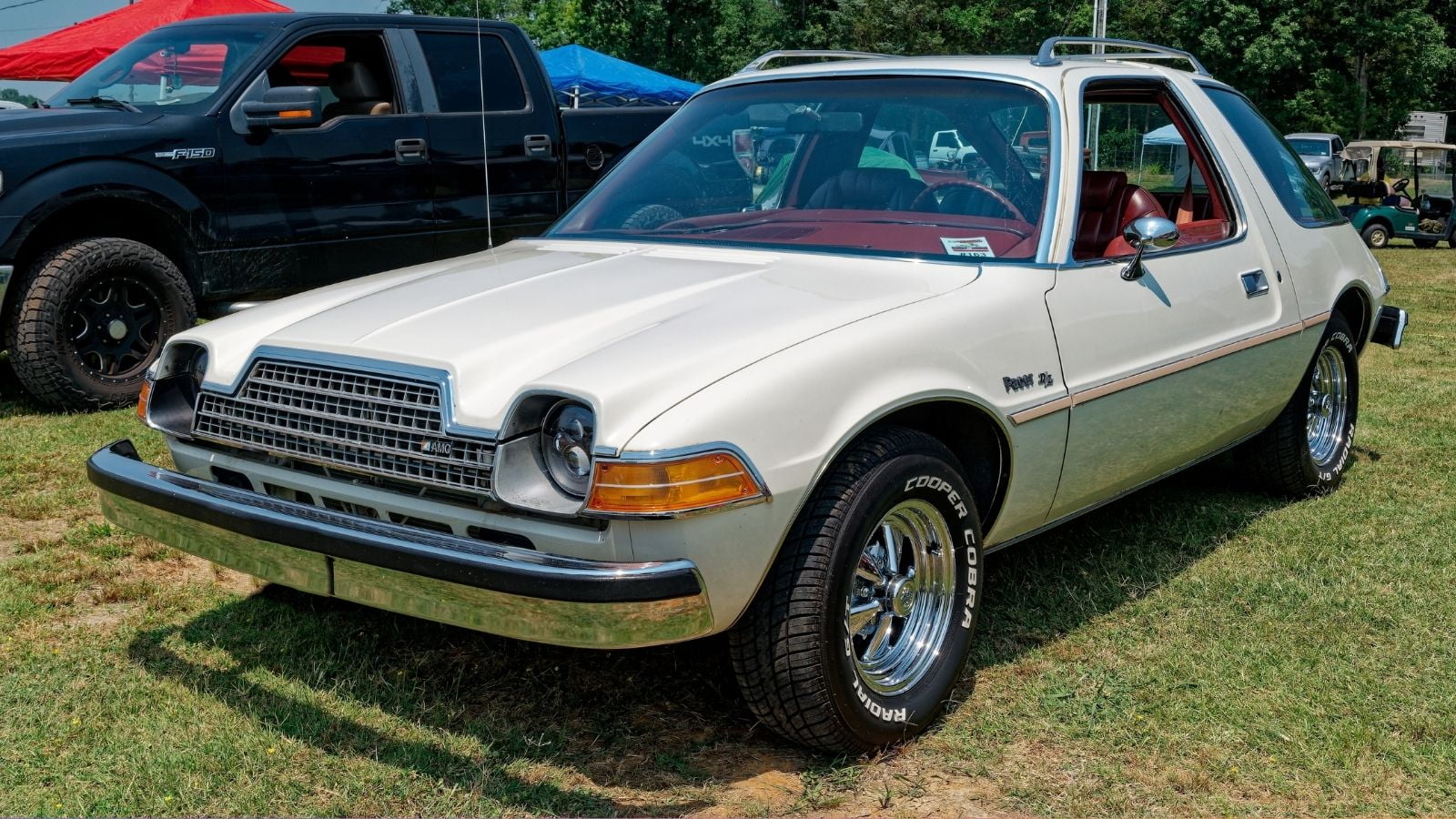
The AMC Pacer was marketed as the first comprehensive small car offering a unique design and more interior space. However, its quirky looks and poor fuel efficiency failed to win over consumers. The Pacer’s heavyweight and underpowered engine further hampered its appeal. Although it has since gained a cult following, this Pacer was a commercial flop.
Ford Pinto (1971-1980)
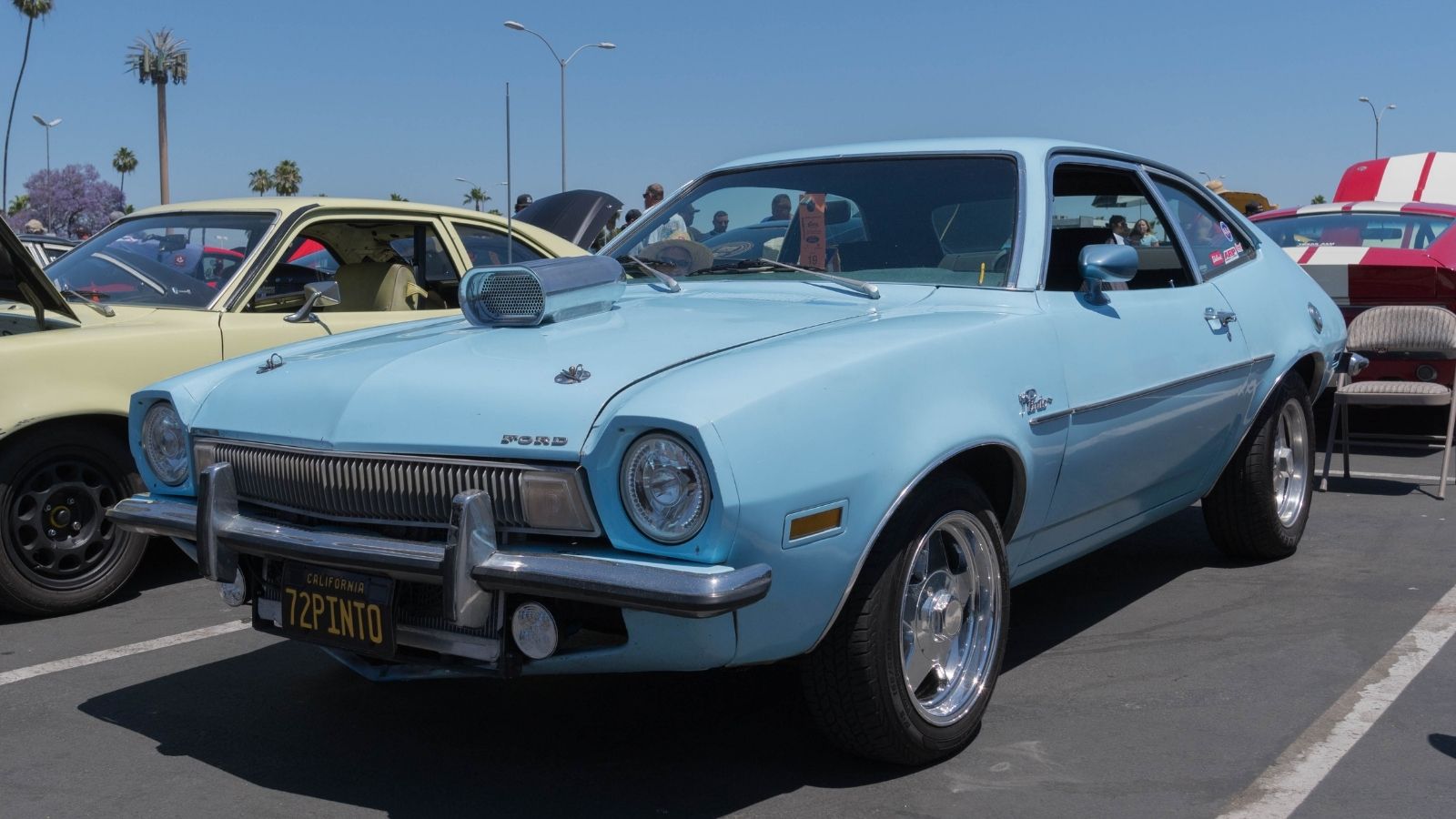
The Ford Pinto is infamous for its design flaw, which made it prone to catching fire in rear-end collisions. This safety issue led to numerous lawsuits and a major scandal for Ford. Although the company eventually improved the design, Pinto’s reputation was irreparably damaged. Despite selling over 3 million units, the Pinto remains a cautionary tale of automobile safety neglect.
Pontiac Aztek (2001-2005)

The Pontiac Aztek is often cited as one of the ugliest cars ever. Its bizarre design and awkward proportions turned off many potential buyers. Despite its practicality and innovative features, such as a built-in tent, the Aztek’s aesthetic shortcomings overshadowed its positives. After just four years, poor sales and a tarnished brand image led to its discontinuation.
Cadillac Cimarron (1982-1988)
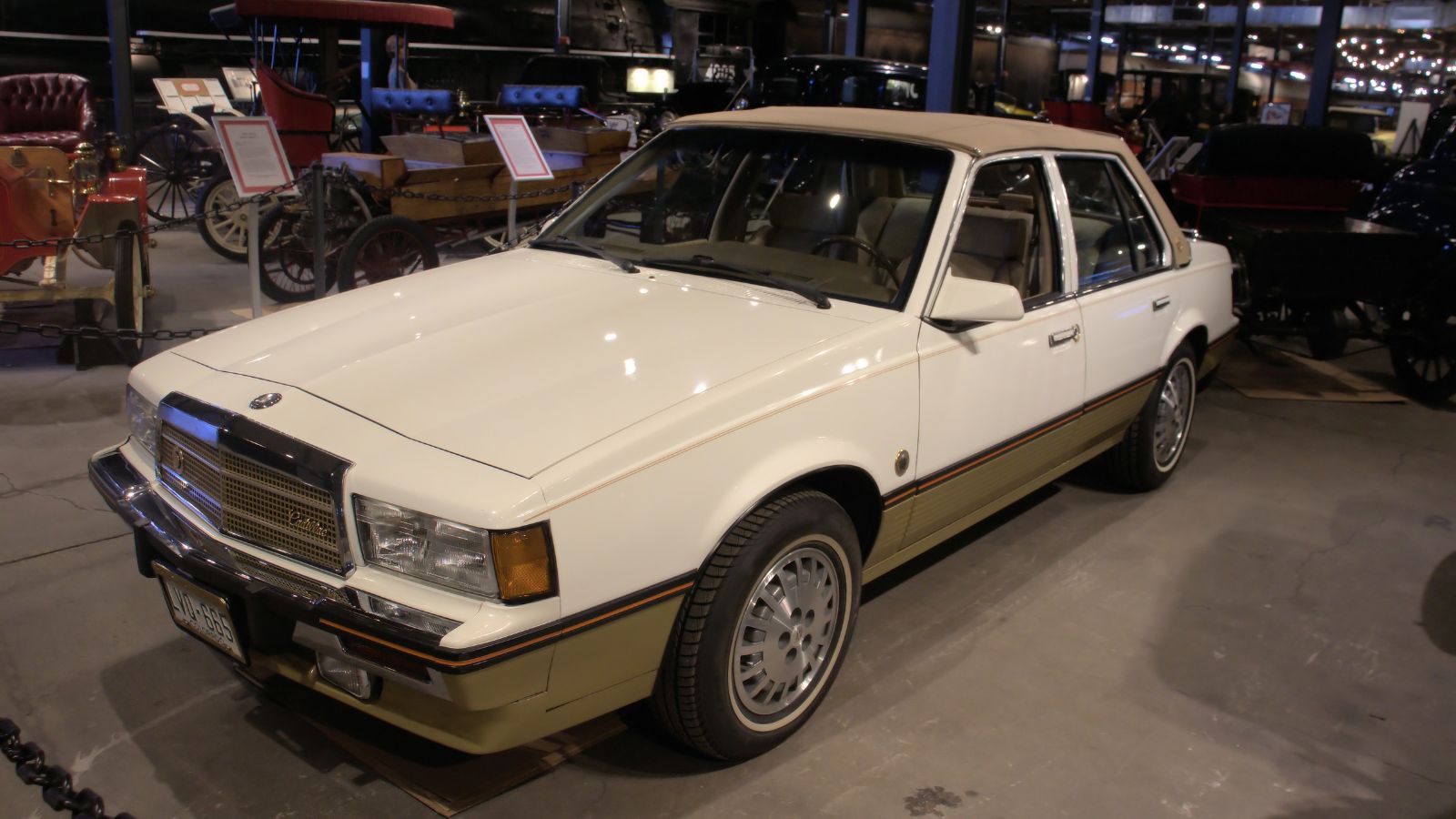
The Cadillac Cimarron attempted to compete with European luxury compacts, but it ended up being a poorly executed rebadge of the Chevrolet Cavalier. Consumers balked at the high price tag for a gussied-up economy car. The Cimarron failed to meet Cadillac’s luxury standards, damaging the brand’s reputation and leading to its demise after six years.
Renault Alliance (1983-1987)
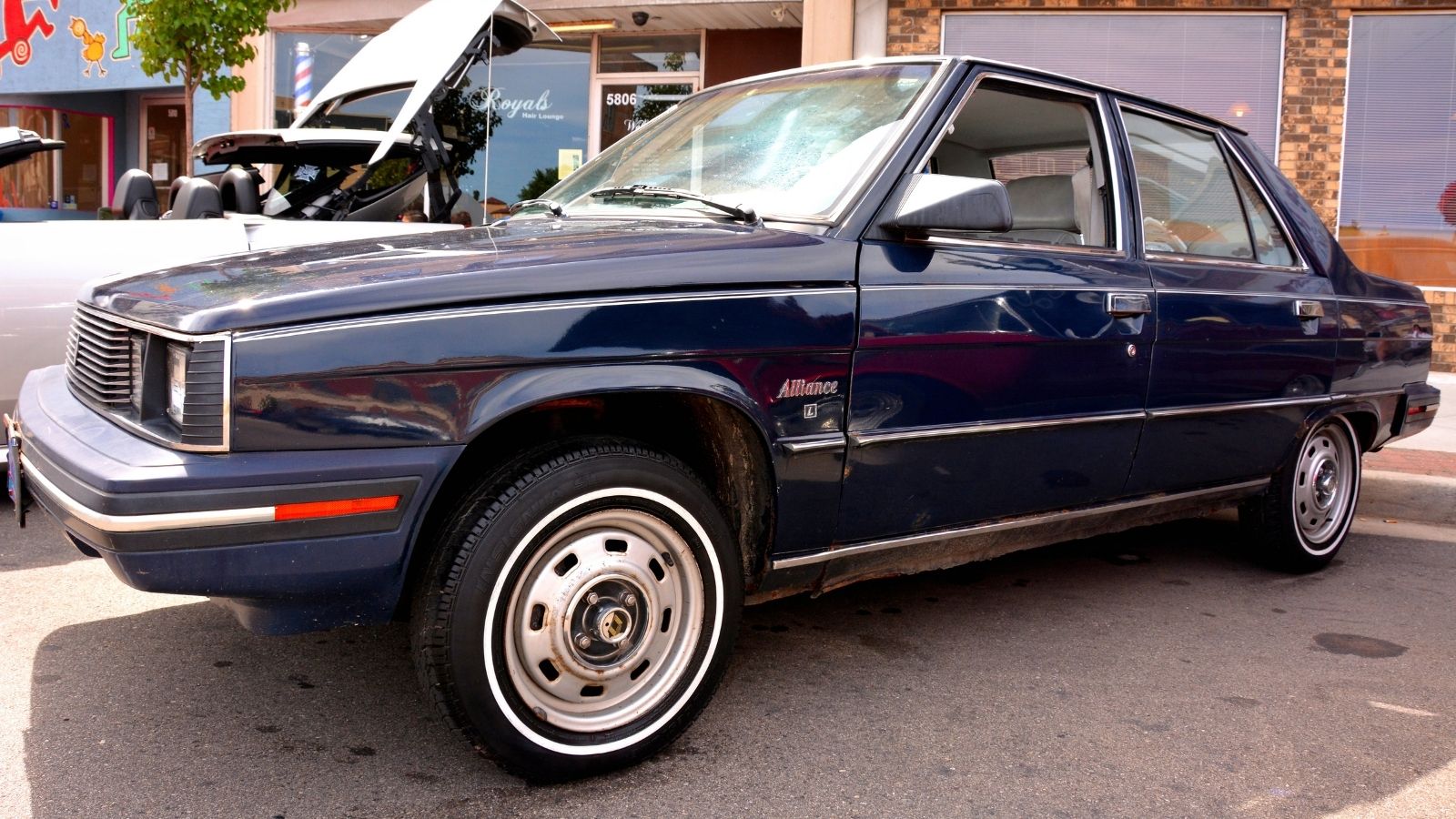
The Renault Alliance, a collaboration between American Motors Corporation (AMC) and Renault, was initially well received and even won Motor Trend’s Car of the Year in 1983. However, quality issues and mechanical problems quickly surfaced, leading to a sharp decline in sales. The Alliance’s failure contributed to Renault’s eventual withdrawal from the US market.
Chrysler TC by Maserati (1989-1991)
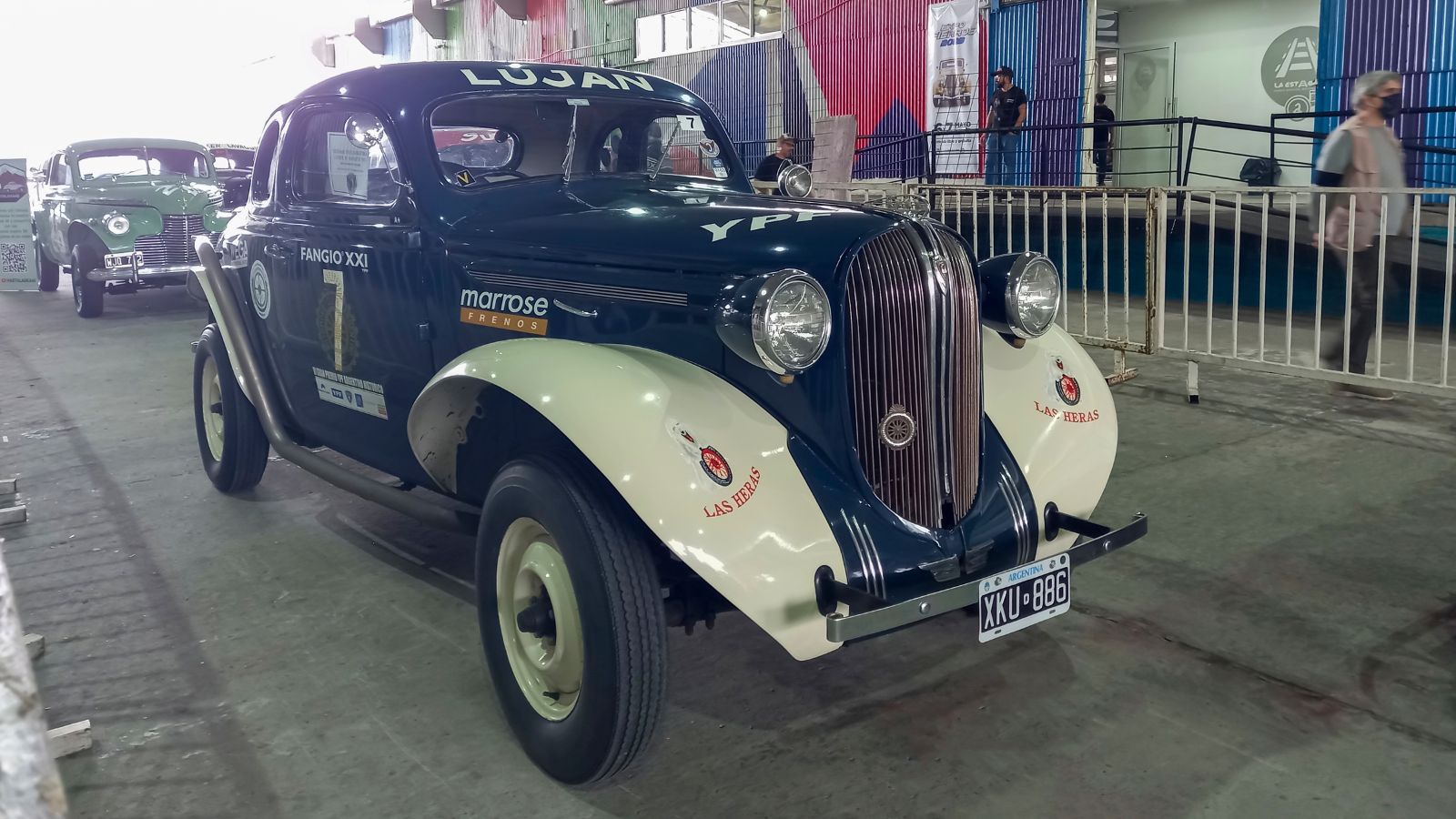
The Chrysler TC by Maserati was supposed to be a luxurious grand tourer, blending American and Italian design. Instead, it was seen as an overpriced, underperforming rehash of the Chrysler LeBaron. The TC’s high price and lack of differentiation from cheaper models led to poor sales, and it was discontinued after just three years.
Suzuki X-90 (1996-1998)
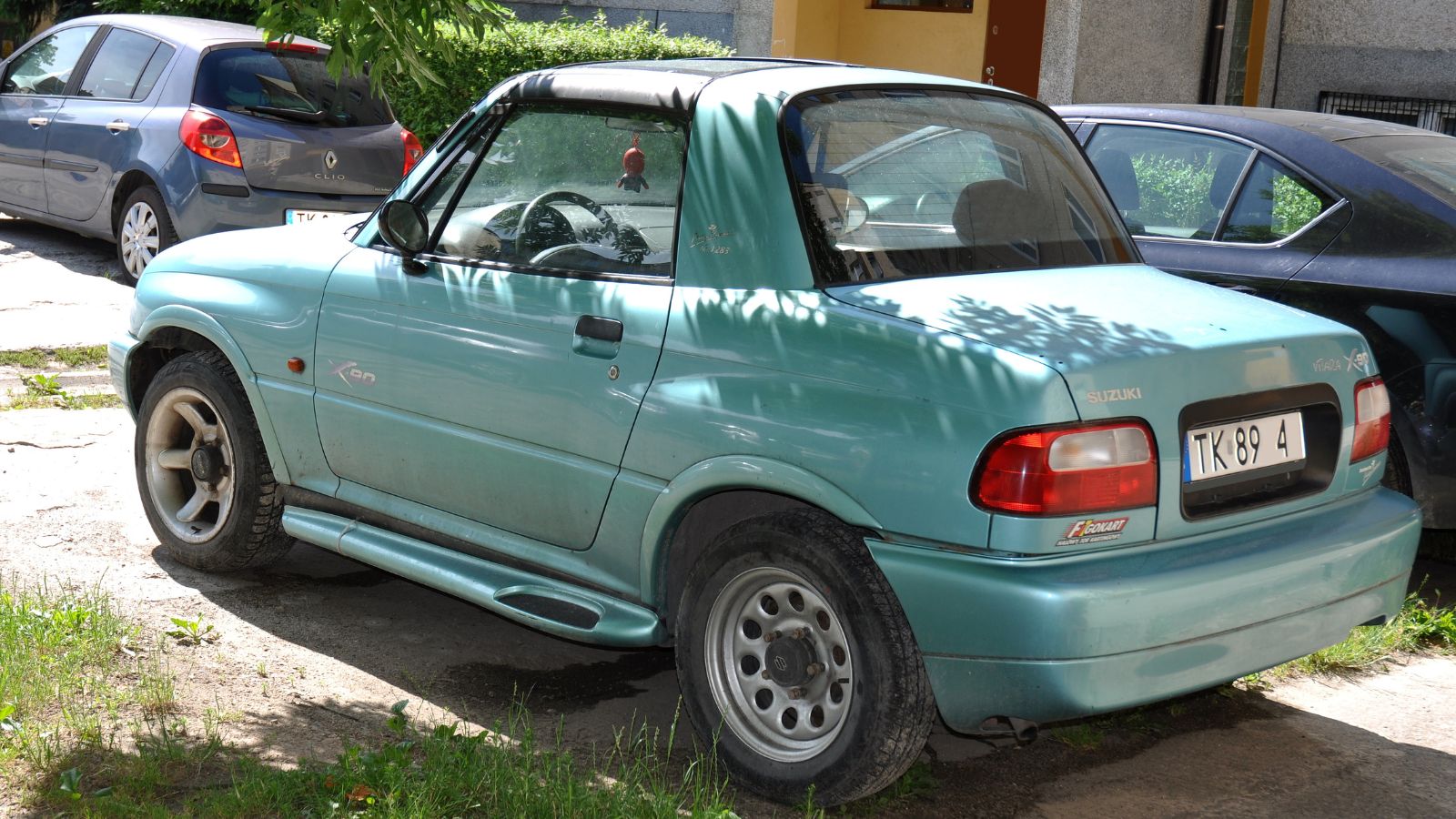
The Suzuki X-90 was a two-seat SUV with a T-top roof, a concept that left many consumers scratching their heads. It was neither a practical off-roader nor a comfortable daily driver. The X-90’s oddball design and limited appeal resulted in dismal sales, and Suzuki pulled it from the market after just two years.
Saturn Ion (2003-2007)
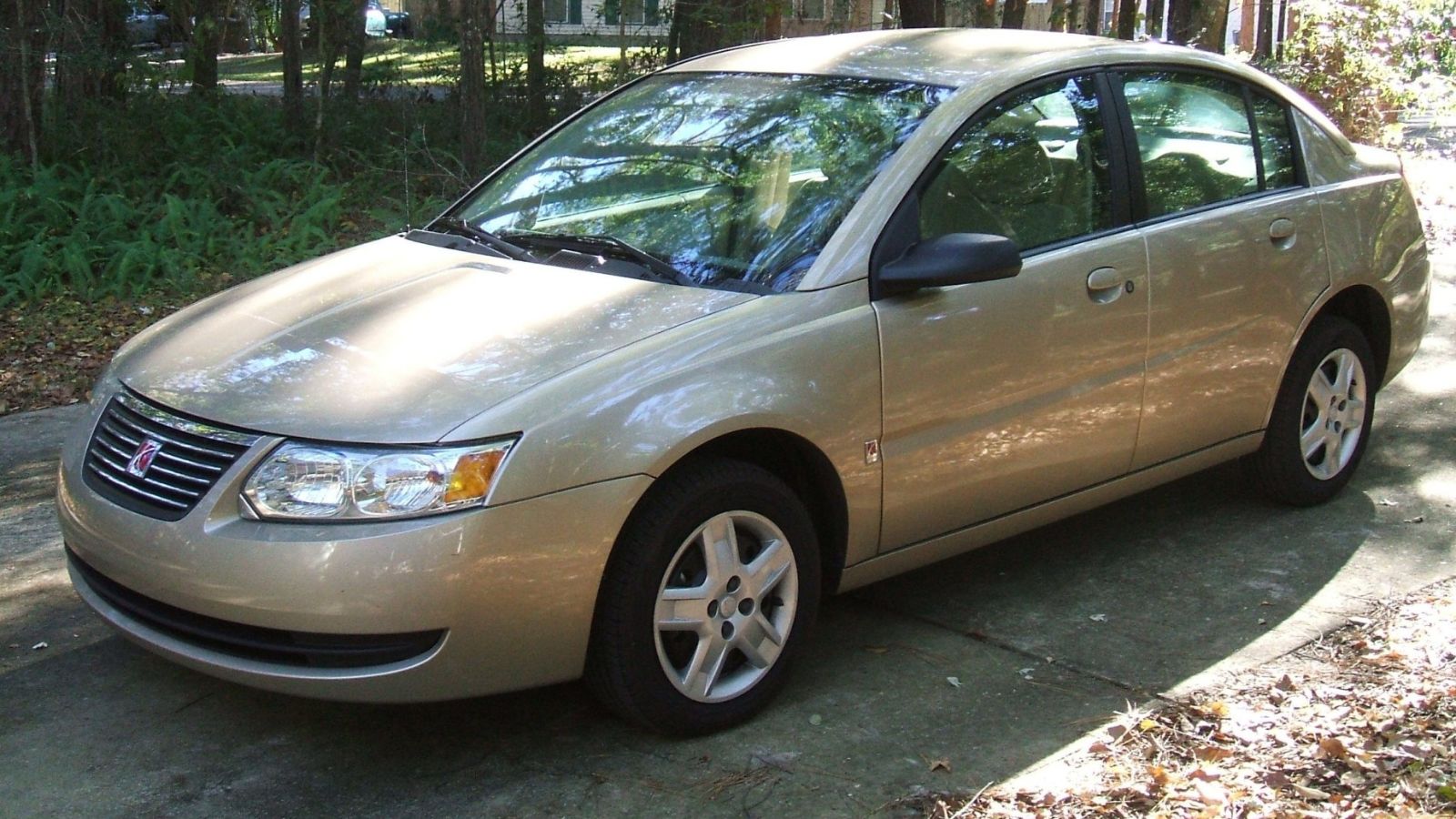
The Saturn Ion was supposed to revitalize the Saturn brand, but it fell flat due to its uninspiring design, poor build quality, and subpar driving experience. The Ion’s infamous suicide doors and cheap interior materials further tarnished its reputation. Despite efforts to improve the car, sales remained weak, and the more successful Saturn Astra replaced it.
Hummer H2 (2002-2009)
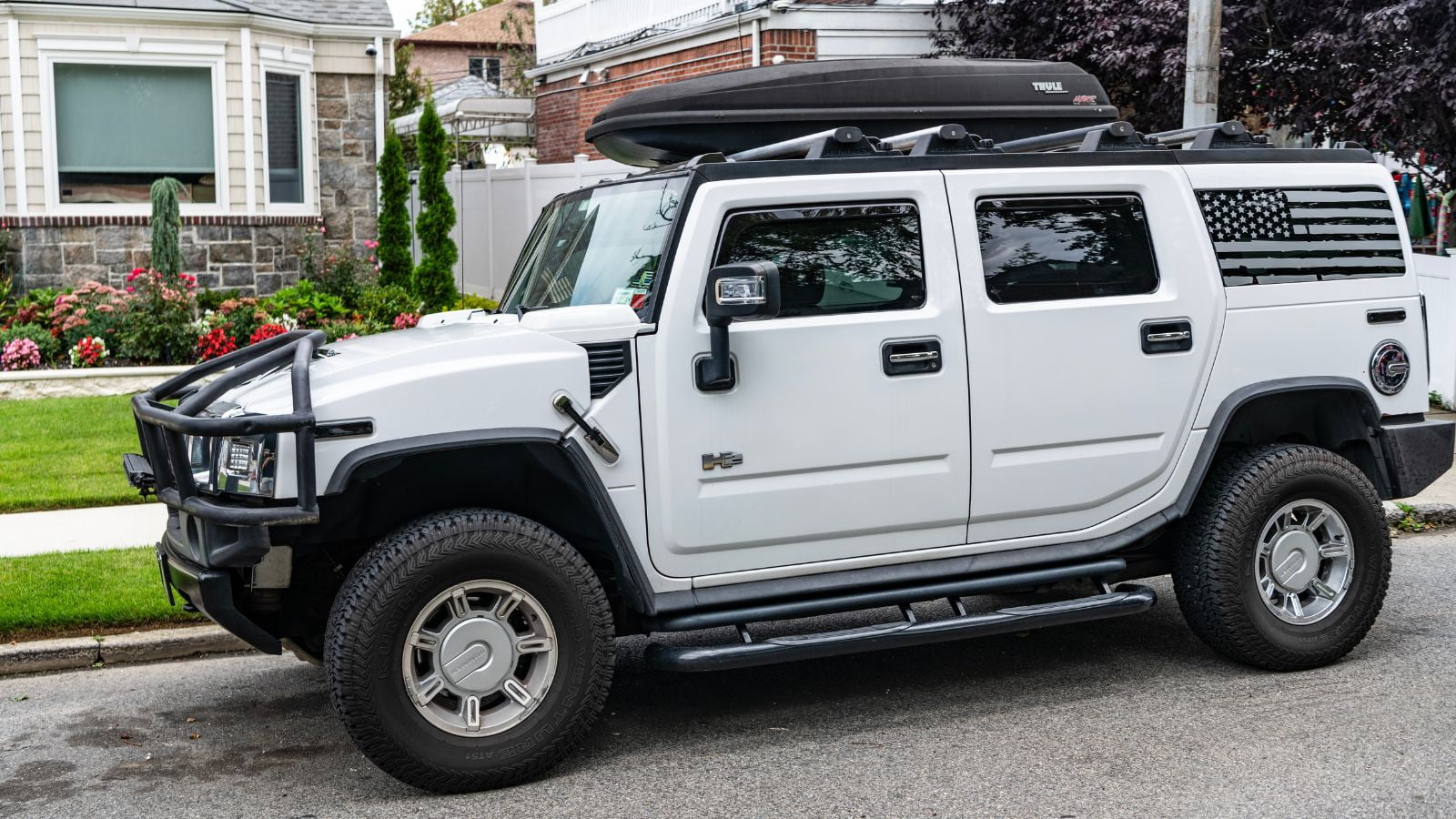
The Hummer H2 embodied the excess of the early 2000s, with its massive size, poor fuel economy, and ostentatious design. While it initially sold well, rising fuel prices and growing environmental concerns turned consumers away. The H2 became a symbol of automotive excess, and General Motors discontinued the Hummer brand in 2009.
Fisker Karma (2011-2012)

The Fisker Karma was an ambitious plug-in hybrid luxury sedan plagued by numerous issues. The car suffered from battery problems, frequent recalls, and poor build quality. Despite its sleek design and eco-friendly credentials, Fisker Automotive went bankrupt in 2013, marking the end of Karma’s brief and troubled production run.
BMW 8 Series (E31) (1990-1999)
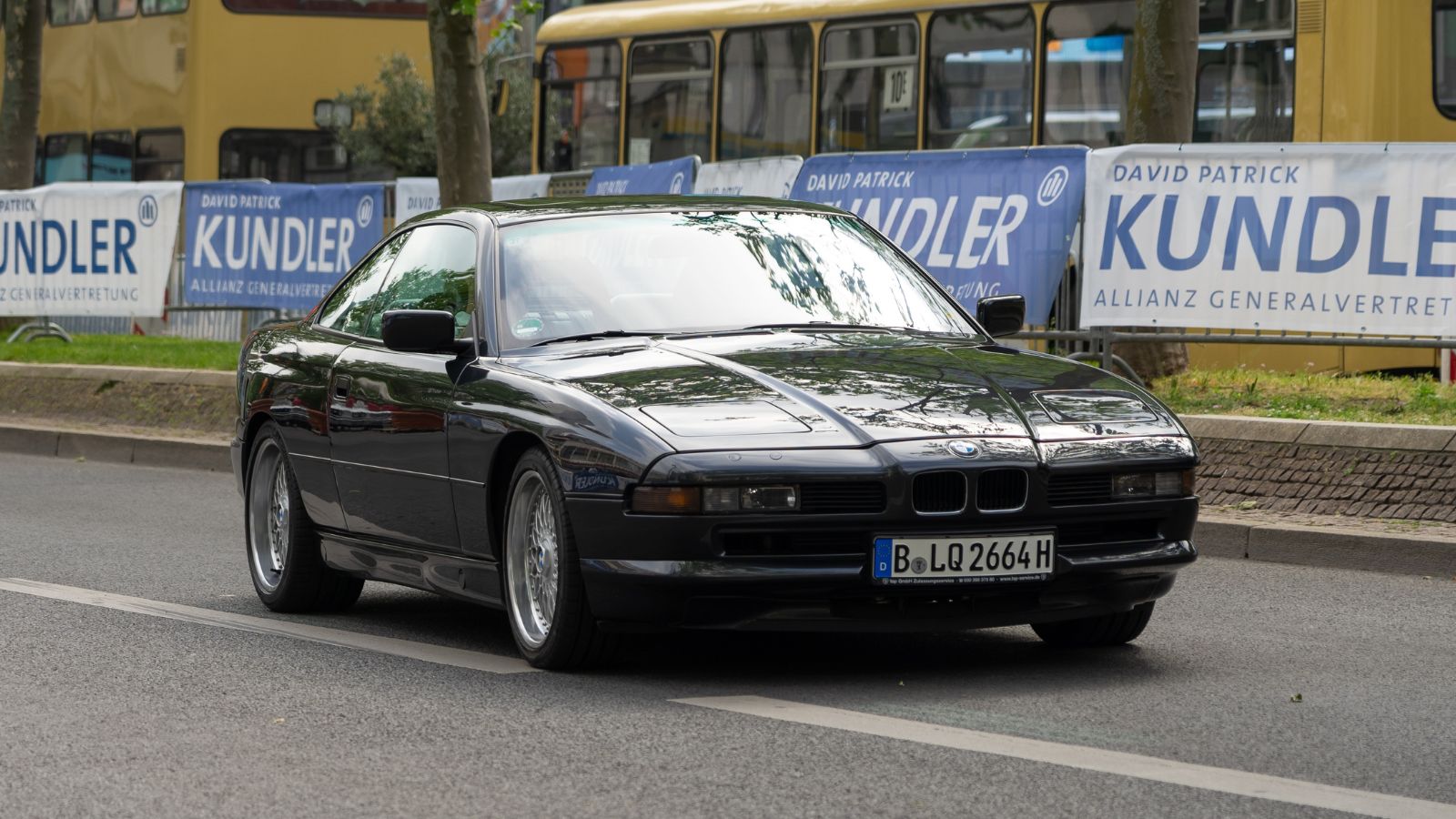
The original BMW 8 Series was a technological marvel with its advanced electronics and powerful V12 engine. However, its high price, heavy weight, and complexity have turned off many buyers. The 8 Series was also launched during a global recession, hindering its success. Although it has since become a cult classic, the E31 struggled in the marketplace and was discontinued in 1999.
14 Cars with a Reputation for Running Forever and Why They Outperform the Rest
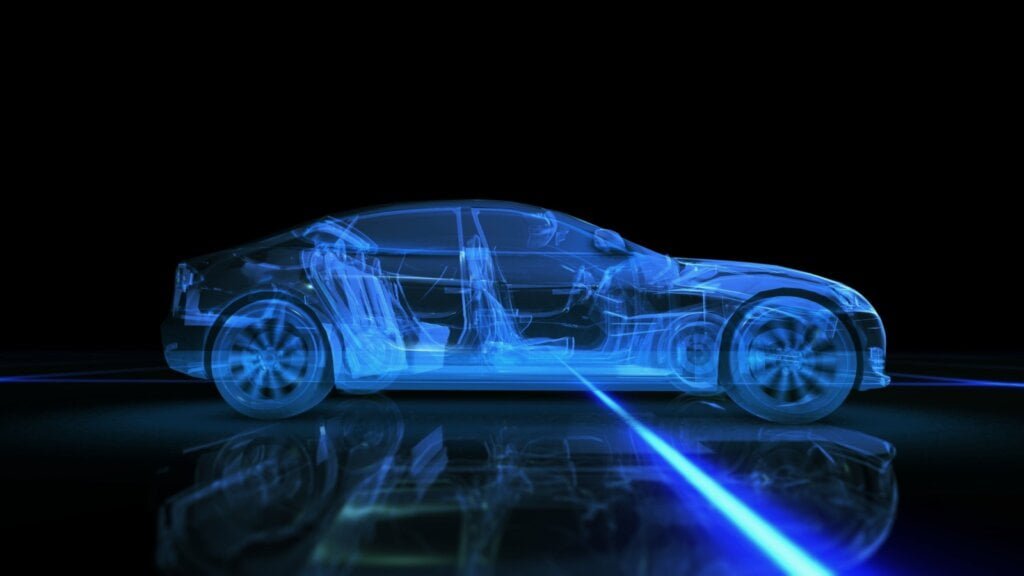
In the dynamic world of automobiles, some cars stand out for their remarkable longevity and enduring performance. These road warriors have earned a reputation for running seemingly forever, outpacing their counterparts. This article will explore 14 such vehicles and the reasons behind their legendary durability.
14 Cars With A Reputation For Running Forever And Why They Outperform The Rest
